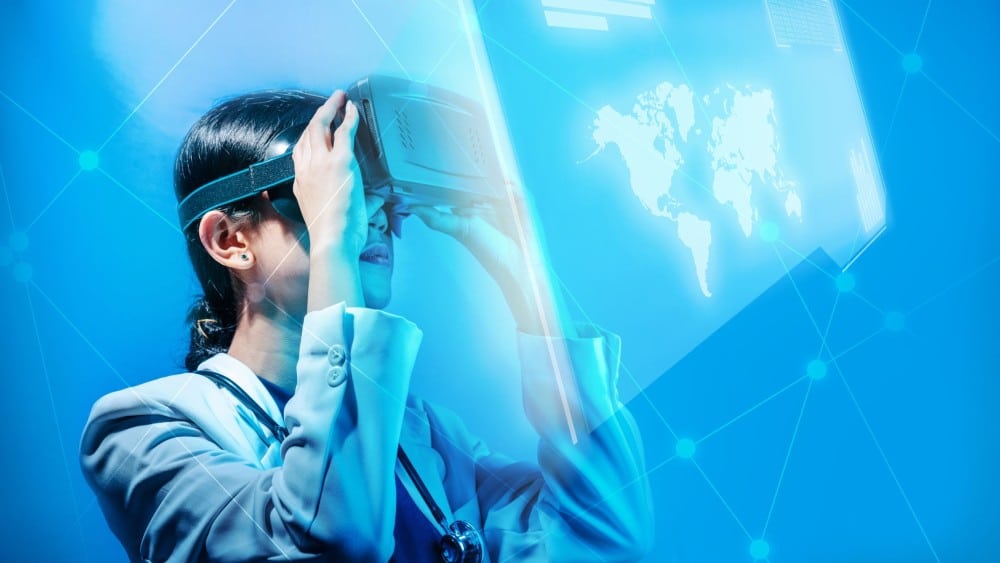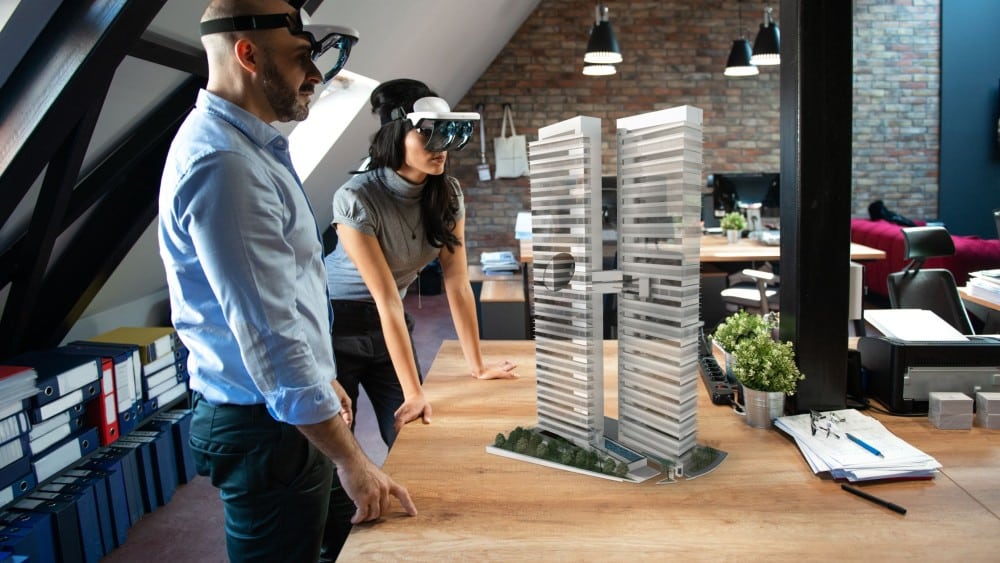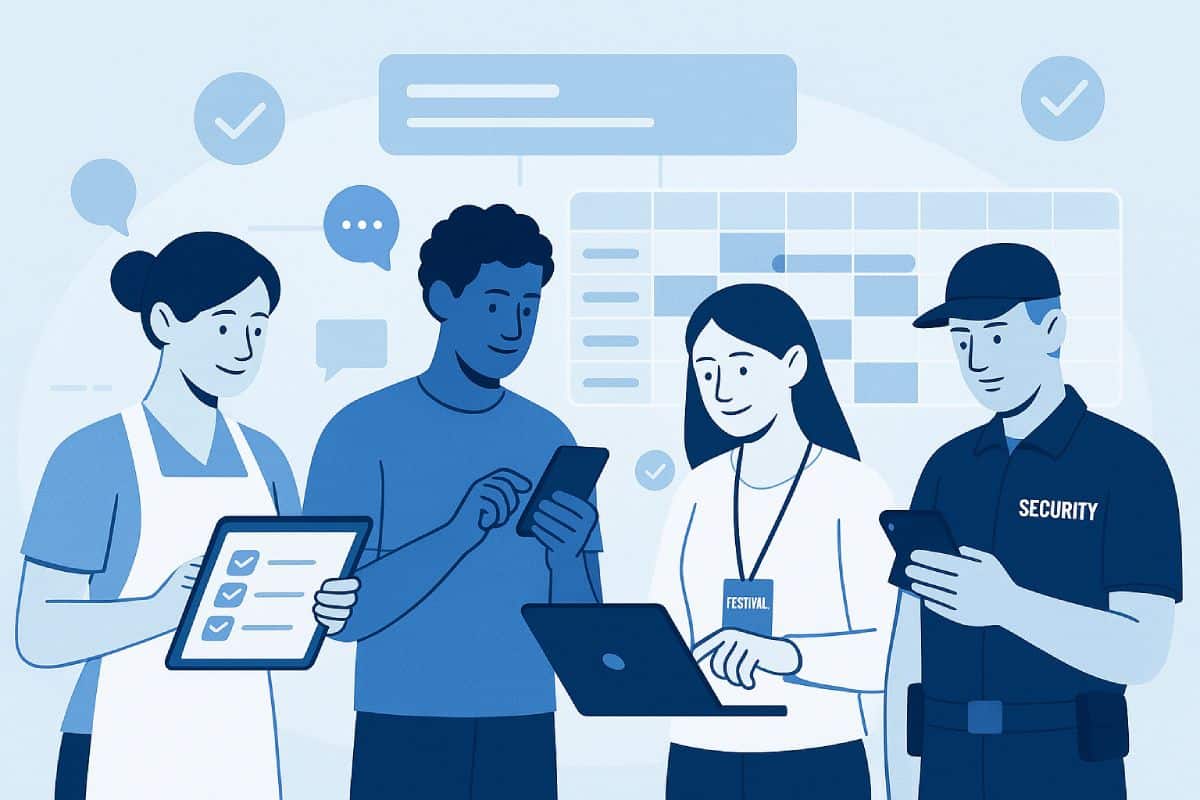Trade shows are no longer about static booths and paper brochures. With augmented reality at events, brands can transform exhibitions into interactive experiences that captivate attendees and boost engagement.
For event organisers, the challenge is not just about adopting AR technology but ensuring it runs smoothly with the right staff in place. This is where Liveforce helps, making sure your AR-driven booth delivers maximum impact without staffing headaches.

What is Augmented Reality?
Augmented reality (AR) blends digital elements with the physical world, creating immersive experiences. Using smartphones, tablets, or augmented reality glasses, users can see digital objects overlaid onto real-world spaces.
In simple terms, it’s the bridge between the real and the virtual.
Types of AR commonly used at trade shows:
- Marker-based AR – triggered by scanning QR codes or images.
- Projection-based AR – projects digital visuals onto real surfaces.
- Location-based AR – uses GPS to deliver tailored experiences.
By integrating these technologies, event organisers can showcase 3D product demos, interactive games, and personalised experiences that stand out from traditional booths.
Why Augmented Reality is Changing Events
AR vs Virtual Reality: What’s the Difference?
While virtual reality (VR) immerses attendees in a fully digital environment, augmented reality enhances the real world with digital elements. For trade shows, AR is often more effective because it doesn’t require bulky headsets and keeps visitors connected to the physical event while interacting digitally.
Real-World Examples of AR at Trade Shows
- Electronics companies use AR to let attendees explore virtual homes and interact with connected devices.
- Automotive brands showcase new models with 3D AR car displays that visitors can walk around and customise.
- Consumer brands gamify their booths with AR treasure hunts to drive traffic.

Benefits of Using Augmented Reality at Events
Captivating Attendees and Boosting Engagement
- Interactive demos: Attendees explore 3D models instead of passively viewing products.
- Gamification: AR games increase foot traffic and encourage booth interaction.
- Social media sharing: Attendees post AR experiences online, extending brand reach.
ROI: From Cost Savings to Lead Generation
- Reduced shipping costs: Replace heavy physical displays with virtual models.
- Increased lead generation: AR-driven booths generate up to 50% more interactions.
- Higher brand recall: Studies show engaging AR boosts brand recall by 70% post-event.
Challenges of Running AR-Driven Events (and How Staffing Solves Them)
AR technology is powerful, but it requires skilled staff to operate smoothly. Event managers often face challenges such as:
Skilled Staff for AR Demos
Running AR demos requires staff who are confident with technology and able to explain experiences clearly. Without the right team, the technology may confuse rather than impress attendees.
Real-Time Communication & Technical Troubleshooting
Technical glitches happen. Quick responses are vital to keep visitors engaged. Real-time communication between managers and staff ensures fast problem-solving.
Why Liveforce’s Staffing Platform is Essential
Liveforce simplifies managing AR events by:
- Skill-based recruitment: Quickly find staff trained in AR and event tech.
- Scheduling at scale: Assign shifts across multiple booths or locations effortlessly.
- Instant communication: Push real-time updates to the crew during the event.
- Performance tracking: Monitor staff activity, ensuring every demo is delivered with impact.
With Liveforce, your AR strategy isn’t just about the technology—it’s about having the right crew to deliver it.
Augmented Reality for Business Trade Shows & Consumer Shows
- Business trade shows: AR helps B2B brands demonstrate complex products without transporting heavy equipment.
- Consumer shows: AR adds fun, interactive elements to consumer-facing events, encouraging longer booth visits and higher engagement.
Both require trained staff to guide attendees through the experience—something Liveforce ensures is always covered.

Best Practices: Using Augmented Reality at Events
To make AR a success at your next trade show, follow this checklist:
- Define goals: Lead generation, engagement, or cost savings?
- Choose the right AR format: Marker, projection, or location-based.
- Staff smartly: Recruit skilled AR operators using Liveforce.
- Plan for hybrid experiences: Make AR accessible for both in-person and remote attendees.
- Measure ROI: Track attendee engagement, lead data, and staff performance.
Augmented reality at events is no longer optional; it’s becoming a must-have for trade shows and exhibitions. But the real success comes from combining cutting-edge AR with skilled staff who can deliver seamless experiences.
Liveforce ensures you always have the right team in place, so your AR strategy doesn’t just look impressive but drives measurable results.
👉 Ready to power your next AR-driven event? Book a Liveforce demo today
FAQs
It’s the use of AR technology to overlay digital content onto trade show experiences, making booths more interactive and engaging.
AR attracts more visitors, increases interaction time, and drives higher-quality leads.
Yes, trained staff are needed to manage demos. Liveforce helps you find, schedule, and manage them with ease.
AR enhances real environments with digital elements, while VR creates a fully virtual experience.
AR reduces costs, increases lead generation by up to 50%, and boosts brand recall by 70%.





